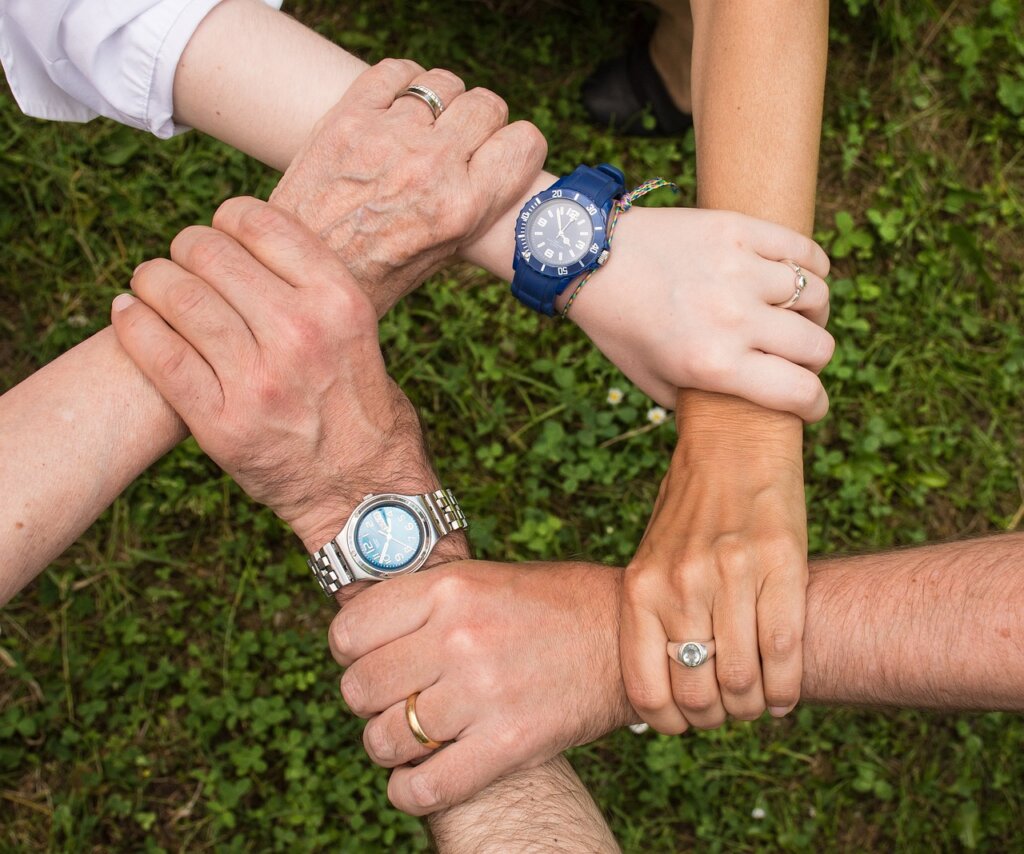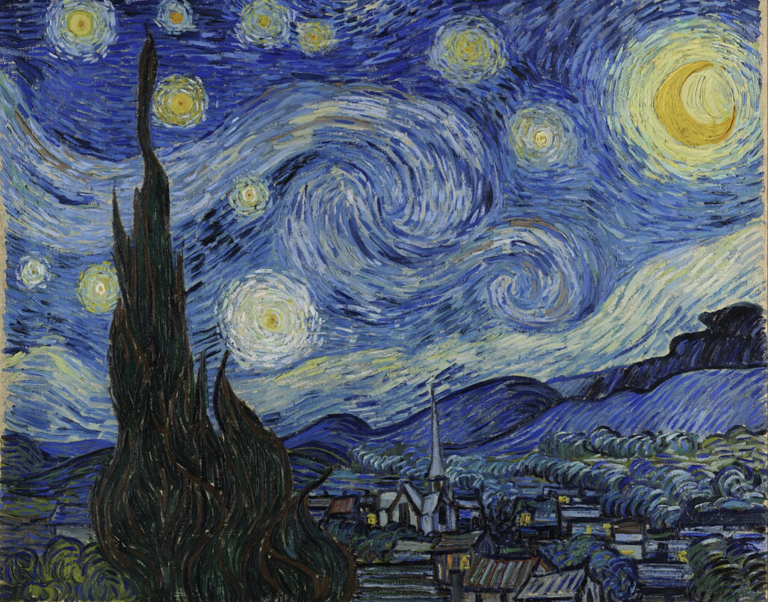Looking to enhance the connection between older adults and youth? You’ve come to the right place my friend! Intergenerational activities and programs help build a bridge to that generational gap.
By engaging in intergenerational activities, older adults can share their wisdom, experiences, and skills with the younger generation, providing valuable insights and creating lasting bonds.

At the same time, youth can offer a fresh perspective, enthusiasm, and energy, bringing new life to shared activities and interactions.
Throughout this post, we will discuss various intergenerational activities and programs, highlighting their significance in building strong relationships across generations and creating a sense of belonging within communities.
Join us on this insightful journey as we explore the power of intergenerational connections and the positive impact they can have on individuals of all ages.

Let’s get started!
Understanding Intergenerational Activities and Programs
Intergenerational activities and programs create a unique opportunity for different age groups to come together, interact, and learn from each other.
These initiatives not only bridge the generation gap but also offer numerous benefits across social, emotional, and cognitive domains for both older adults and youth.

Benefits of Intergenerational Activities and Programs
The benefits of intergenerational programs are many. A few of these include:
- promote social connection
- improve communication skills
- reduce feelings of isolation
- foster learning opportunities
- enhance emotional well-being
- create community
- enrich each other’s lives

These wonderful intergenerational programs provide avenues for improved communication skills, social connections, and emotional support for older adults, reducing feelings of isolation and loneliness. At the same time, youth participants benefit from gaining wisdom, empathy, and valuable life lessons from their interactions with seniors.

Successful programs like Benjamin Rose showcase how these activities can energize older adults, boost self-esteem, enhance decision-making skills, and improve memory functions.
Examples of Intergenerational Activities
- Mentoring: Pairing older adults with young mentees fosters knowledge exchange and personal growth.
- Community Service: Collaborating on community projects instills a sense of local responsibility and pride.
- Creative Arts: Engaging in art and music activities promotes self-expression and creativity across generations.
- Storytelling: Sharing stories and experiences helps preserve cultural heritage and create meaningful connections.
- Gardening: Tending to gardens teaches patience, nurturing, and environmental awareness.
- Environmental Initiatives: Working together on eco-friendly projects instills values of sustainability and conservation.
- Reading: Elderly volunteers going into local schools or community centers to read to children.

Key Elements for Success
If you’re looking to start an intergenerational program in your community, here are some things to help set you up for long-term success.
Let’s get all of our bridge-building efforts off on the right foot!
Proper Planning:
Effective intergenerational programs require meticulous planning to ensure smooth implementation. This includes
- defining clear goals
- establishing a timeline
- assigning roles and responsibilities to team members.
By having a structured plan in place, organizations can streamline the execution process and set a solid foundation for the program’s success.
Clear Communication:
Communication plays a vital role in the success of intergenerational programs. It is essential to have open and transparent communication channels between participants of different age groups to foster understanding and collaboration. Regular updates and positive feedback coupled with active listening can help bridge generational gaps and create a cohesive environment.
Intergenerational Training:
Providing adequate training to individuals involved in intergenerational programs is crucial for preparing them to navigate diverse age dynamics effectively. Training sessions can focus on promoting empathy, fostering respect for different perspectives, and enhancing intergenerational communication skills. Investing in training ensures that participants are equipped to engage meaningfully with one another.
Evaluation Methods for Sustainable Programs:
Evaluation methods are often key in maintaining the effectiveness and sustainability of intergenerational programs.
Regular assessments, feedback collection, and outcome measurements help organizations gauge the impact of their initiatives, identify areas for improvement, and make informed decisions for future program enhancements.
Learn more about the implementation of evidence-based practices in intergenerational programs.
Overcoming Challenges
Generational Gaps:
One of the primary challenges in intergenerational programs is bridging the differences in experiences, values, and communication styles between participants of varying ages.
Strategies to overcome generational gaps include
- fostering mutual respect
- encouraging intergenerational mentorship
- creating opportunities for shared learning experiences.

By acknowledging and embracing diversity, organizations can turn generational differences into strengths that enrich the program.
Logistical Issues:
Managing logistical aspects such as scheduling, transportation, and resource allocation can pose challenges for intergenerational programs.
Organizers can address logistical issues by establishing clear procedures, leveraging technology for efficient coordination, and providing support for participants with accessibility needs.
Effective logistical planning ensures that the program runs smoothly and maximizes engagement among participants.
Cultural Differences:
Cultural diversity is a valuable aspect of intergenerational programs, but it can also present challenges related to language barriers, traditions, and social norms.
To promote inclusivity, organizers should celebrate diverse cultures, consider cultural competency training, and create a welcoming environment where everyone feels respected and valued.
Embracing cultural differences fosters a sense of belonging and creates opportunities for cross-cultural exchange within the program.
Explore the benefits of intergenerational programs for everyone.
Success Stories and Case Studies
Intergenerational Programs bring different age groups together in meaningful ways, fostering connections and creating positive impacts on participants and communities.

Let’s delve into some real-life success stories and case studies showcasing the effectiveness of intergenerational programs.
Intergenerational Programs in Action
One compelling real-life example of the power of intergenerational programs is the “Music for Memories” initiative in Ohio, where elementary school children perform musical pieces for residents in a local nursing home.
Through this program, children learn empathy and gain a deeper appreciation for the older generation, while the seniors feel rejuvenated and valued.
In this large research project, the Intergenerational Case Studies, various intergenerational programs across the UK were examined, highlighting the diverse range of activities and the significant impact they have on bridging generational gaps.
Testimonials from participants revealed
- enhanced well-being
- increased social connections
- a sense of purpose among both younger and older individuals involved
Another notable example is the “Reading Buddies” program in California, where high school students partner with elementary school children to improve literacy skills.
This intergenerational collaboration not only boosts academic performance but also nurtures mentorship bonds and fosters a love for reading across generations.
Another large research project suggests that intergenerational activities positively influence young people’s perceptions of older adults, breaking down stereotypes and promoting mutual understanding.
Future Trends and Innovations in Intergenerational Activities
In today’s rapidly evolving world, intergenerational activities and programs are witnessing a wave of advancements and innovations that are shaping the future landscape of interaction between different age groups.
Here’s some key trends that are driving this positive change.
Technological Integration
One of the most exciting developments in intergenerational activities is the integration of technology to facilitate meaningful interactions across generations.
Virtual activities, online platforms, and digital storytelling are revolutionizing how individuals of all ages engage with each other.

Through the use of innovative tools and platforms, such as video calls, social media, and interactive apps, older adults and younger generations can connect, share experiences, and learn from each other regardless of physical distance.
Conclusion
Intergenerational activities and programs play a vital role in fostering connections and mutual understanding between different age groups.
By bringing together older adults and youth, these initiatives create a harmonious environment where individuals from various generations can share experiences, learn from each other, and form lasting bonds.

For more information on intergenerational programs and where you can get started in your community, visit Intergenerational Programs and start exploring the endless possibilities of cross-generational collaborations.
Enjoying this article? Here are some more to try!
- Senior Fitness Quotes for Inspiration
- 102 Hobbies for Seniors
- 105 Hobbies for Retired Men
- 50 Wellness Activities for Students
- 15 Fun Family Traditions
Until next time, stay cozy my friend.





